The solutions used in contemporary architecture for cladding the exterior walls of buildings have evolved over recent years. Wood cladding is a rapidly growing trend as it adds warmth and texture while being durable and economical. An exterior wood cladding can be done both to increase the aesthetics of the building and its energy efficiency, as well as to protect from sun and weather. However, since it is wood, it will require treatments applied before or after installation and proper maintenance. The best solution to avoid unpleasant surprises is to document beforehand and work with specialists.
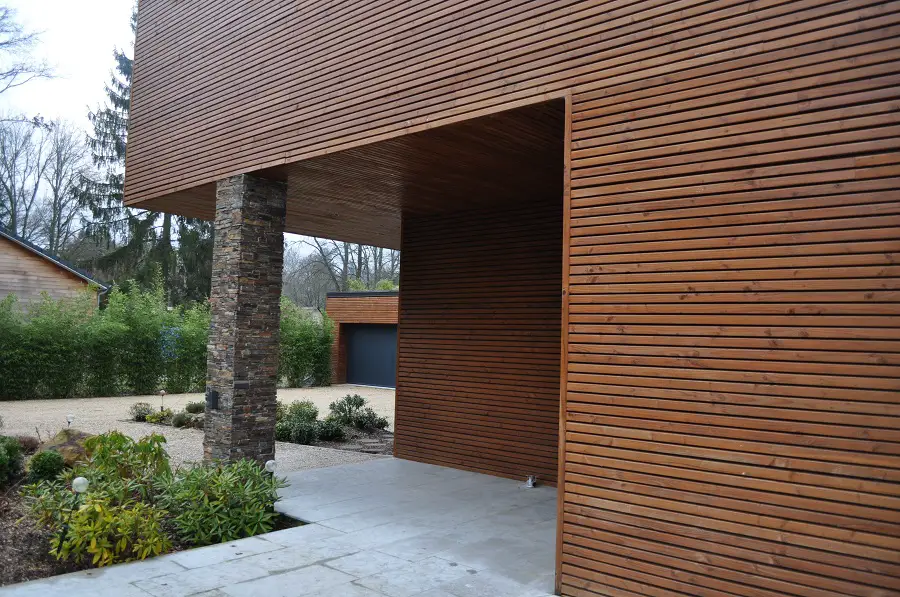
What do we define by exterior wood cladding?
A solid wood sheathing (timber, panelling, battens, shingle, heat-treated wood) or composite boards that are mounted on the exterior walls of the building and act as a protective shield. It is done to protect the façade against the weather, but also for the major contribution it makes to the design of the building.
Contemporary architecture is increasingly using this type of facade cladding because of its unique way of combining style and practicality. Moreover, wood is suitable for cladding everything from facades to fencesfrom the gardener to the gazebosfrom houses or attic to commercial buildings.
Advantages of wood cladding of facades
Versatility. Wood is a special material, it's naturally beautiful and each plank of wood has a unique look. It is an easy material to work and repair and can be refinished several times during its life as a building material. It can be an option for both residential and commercial projects. The facade can be customised by choosing the type of wood, profile, texture, mounting and finish.
Energy efficiency. Natural insulating materials, such as wood, create a natural barrier against heat and cold, and a design focused on this idea can minimise energy consumption. Buildings with wooden facades react quickly thermally, which means that less energy is needed to keep the house at a comfortable temperature. Together with proper insulation of exterior walls, wood cladding can greatly improve thermal resistance even in old buildings.
Ease of installation. Modern cladding systems are designed to be easy to use and install quickly, even over large areas. They guarantee a high degree of precision, an essential requirement for quality construction.
Types of products used in exterior cladding
The exterior of the house is the most stressed by weather conditions. Through its role in protecting the home, the facade can make the difference between a comfortable, healthy home and a costly one that requires frequent renovations. There are several options for exterior wall cladding products depending on the specifics of each project.
Lambriul is frequently used for cladding buildings and of all facade materials it connects living spaces best with nature. The most common exterior cladding is northern pine, molid, siberian larch and red cedar. Some species are more vulnerable than others and should be chosen to be resilient to the environment and conditions they have to endure. In general, wood suppliers classify products according to quality and strength.
Due to the risk of deformation, a thickness of approx. 20 mm, a maximum width of 12-14 cm and no more than 5 m long. As an arrangement, a vertical installation guarantees better protection against moisture penetration. When mounted horizontally in the nut and feder (flap and uluc) the nut must always face downwards.
Wood panelling is certainly one of the most versatile and enjoyable cladding solutions available today. It's important to remember, however, that any natural product used outdoors will need protection and maintenance. Natural wood colour is not long lasting in any species of wood used in outdoor environments. Without UV protection the wood will turn grey over time and moisture in the air can cause it to rot and grind. Wood finishes slow down the rate at which moisture affects wood, reduce the effects of radiation and thus prolong its life and maintain its beauty.
But there are also claddings that do not need protection. These are composite boards. They are compact multi-layered boards, less susceptible to dimensional change with climatic variations than wood panelling. High-Pressure Laminate (HPL) composite boards are high-pressure products made of cellulose fibres and acrylic resins. They are highly resistant to impact and scratching, chemicals, moisture and weathering and are designed for more aggressive and high-traffic environments. They are used for cladding buildings in urban areas, office, industrial or public buildings. They can be chosen from a variety of matt, gloss, metallic and wood-imitating colours and stone decors, covering a wide range of design and landscaping requirements.
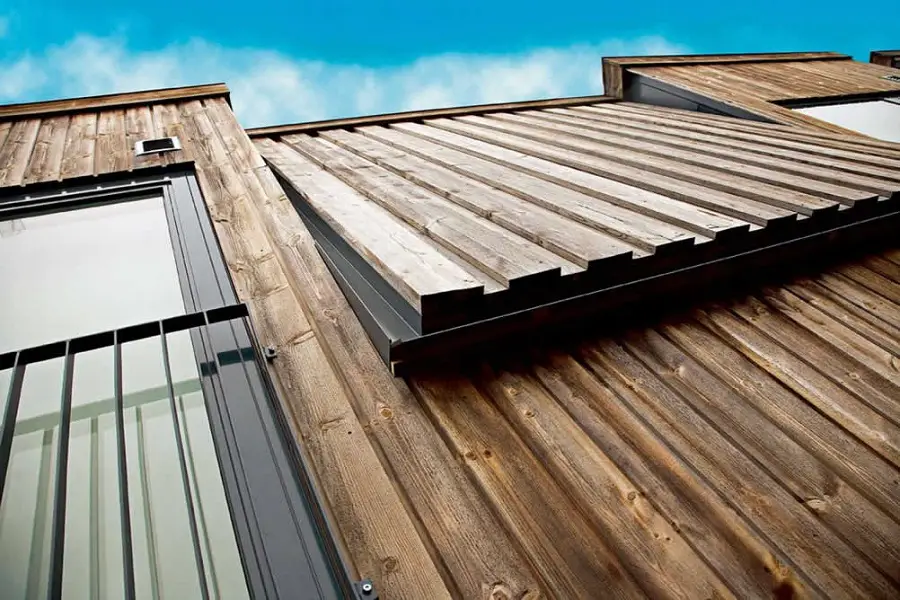
Installing the panelling. Ethe ficiency of tackling
The performance of timber facades depends on both the product chosen and on proper construction and installation. The cladding system consists of wood panelling, supports, insulation and anti-condensation film. The panelling is mounted on the supports using nails (screws). Before the actual panelling is mounted, it is recommended to use a waterproof anti-condensation film. This stops wind and rainwater penetrating the space between the panelling and the wall but allows moisture to circulate outwards.
The panel can be mounted horizontally or vertically. For horizontal mounting in the flap and louvre system, the louvre side will always face downwards. This avoids water penetration and accumulation. The principle also applies to overlapping slats (the lower slat is covered by the upper slat). Wood cladding should be finished with a two board before it reaches the ground to prevent wood coming into contact with water.
Another system for mounting panelling is the concealed fixing system. It is a system that decreases installation time compared to traditional installation. Flexible rails and clamps are used instead of screws and nails. The rails are mounted on the wall and the clamps on which the panel is fixed are inserted into the rail channel. The battens, which have millings on the back for clamping, will be fixed one after the other by the clamps that slide onto the rail. It is a system that offers great precision in installation, allows good ventilation of the facades and quick replacement of the panelling if necessary.
Protecting and maintaining wood panelling
The exterior cladding of a building must be weather resistant. Therefore, the finish applied to wood must be resistant to both water and UV radiation. This prevents mould, wood rot and general deterioration. Choosing the most suitable type of coating will make maintenance easier and ensure that the wood has a long life.
Finishes provide protection, extend the life and maintain the beauty of the wood. The more the finish resists the less sunlight it allows to reach the wood. So matt paints are the most resistant, gloss varnishes the least. There are two basic types of finishes for wood exposed to the outdoors:
- Surface finishes - form a film by applying and curing successive layers of materials (varnishes, paints, lacquers);
- Deep finishes - penetrating the surface of the wood. They are based on oil and does not form a film.
Finishing wood to withstand the outdoors is a complex area that has been covered many times in the pages of these magazines. You can find here information on how to choose and treat exterior wood and answers to the most frequently asked questions about exterior wood finishing here.
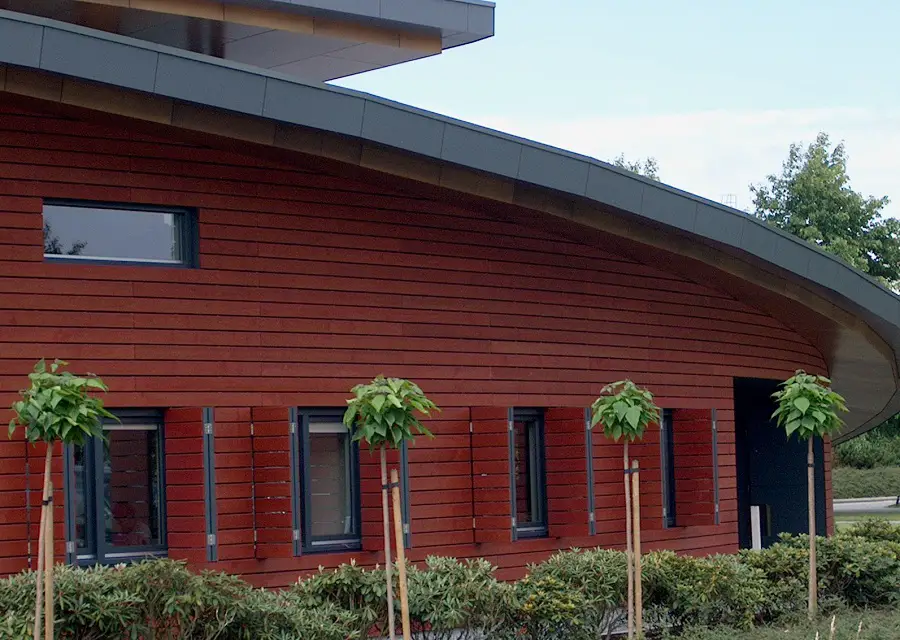
Some wood species with reduced resistance to climatic conditions. In this case their use for exterior cladding is conditional on the application of treatments to increase their resistance. The treatment consists of temperature processing, hence the name heat-treated or heat-treated wood. The treatment increases resistance to moisture, weathering and fungal and insect attack. The wood acquires high dimensional stability, expansion, shrinkage and cracking tendency are significantly reduced. It can be used in all types of outdoor construction and is excellent for cladding houses. Thermally modified wood is highly water resistant and requires very little maintenance.
Façade maintenance. Like all exterior surfaces, the wooden facade of a building must be maintained to keep its appearance. Maintenance involves cleaning and refinishing, depending on the materials used. No cladding system lasts indefinitely, so it is important that the finish is regularly inspected, properly maintained and refreshed if necessary, and that deteriorated pieces of wood are replaced.
Wood cladding gives the building a timeless, warm and welcoming feel. It provides good insulation and durability. Don't skip it because it's easy to install, energy efficient and versatile.
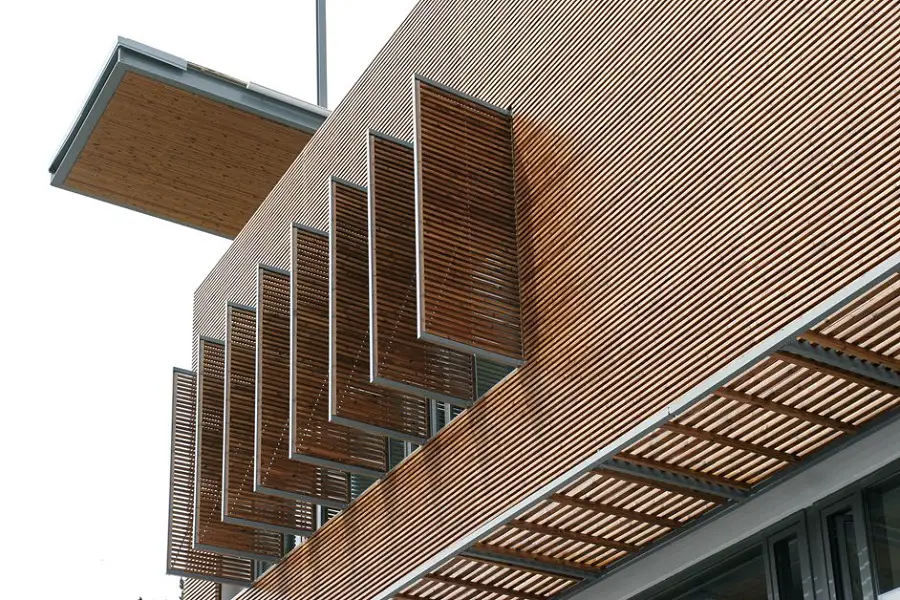

















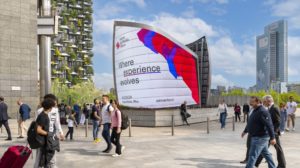




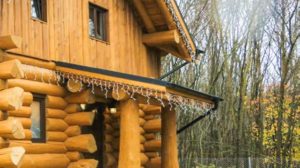


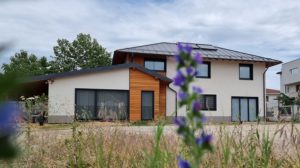
Hello,
Please revise your statement: "a thickness of approx. 20 mm, a maximum width of 12-14 mm". Are you aware that 14 mm is 1.4 cm, which is about the width of a finger at the tip?
Perhaps you meant 120 - 140 mm?
Thanks for the reminder. I have made the correction.
Where can we find prices?